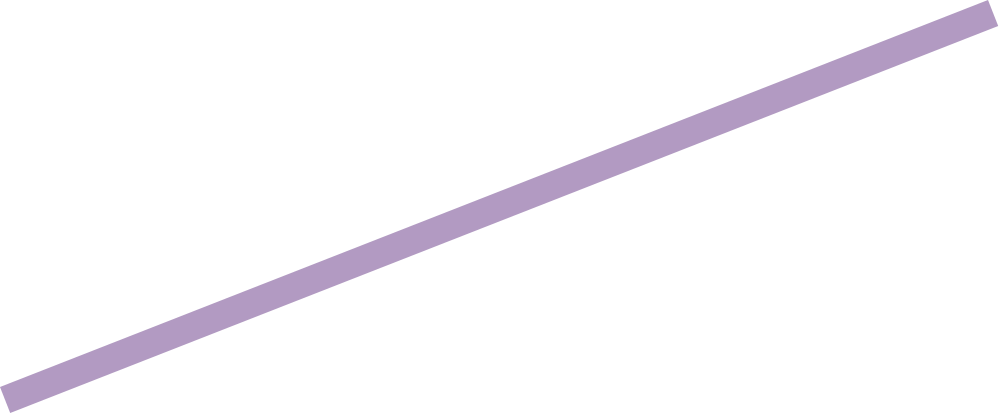The end of the 20th century saw an explosion of investment in connecting computer systems–within organizations, between organizations, and between organizations and individuals–and a corresponding explosion in the on-line collection of data. Now that we have entered the 21st century we face the problem of extracting useful knowledge from these data, which is becoming increasingly difficult as volume and complexity push traditional analysis methods beyond their limits. Knowledge Discovery and Data Mining (KDD) techniques address this problem. The annual ACM SIGKDD International Conference on Knowledge Discovery and Data Mining brings together researchers and practitioners focusing on new developments and challenges in KDD. KDD-2001, the seventh conference in the series, was held in San Francisco, on August 26-29, 2001. We received 203 research-paper submissions from twenty-three countries. Each submitted research paper was reviewed by at least three members of the program committee. This period of independent review was followed by discussion among the reviewers, and when necessary we requested additional reviews from other experts. Twenty papers were selected to appear in the program as full papers (10%), and another thirty-two were selected to appear in the program as poster papers (16%). The Industry Track received thirty-four submissions, from which eleven (32%) were selected. In addition, the Program Committee referred three research papers to the Industry Track, of which one was selected. For the Industry Track, papers were selected because they presented useful knowledge for practitioners, or because they bridged a gap between industry and research. The program for KDD-2001 also included three keynote lectures, five invited talks by well-known practitioners (as part of the Industry Track), and three panel discussions on topics of current interest. There were six tutorials, geared both for novices and for experts, plus six specialized workshops on cutting-edge research issues. The 2001 KDDCUP competition focused on problems of bioinformatics and drug design. And, finally, the program included dozens of exhibits of products from vendors and from research projects.

